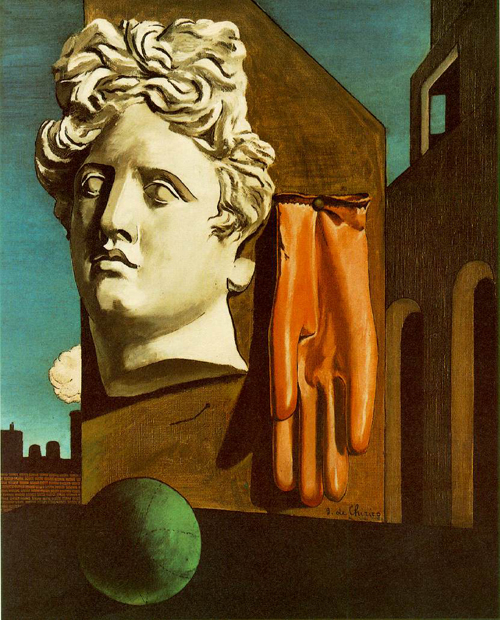Pablo Picasso fondly referred to Giorgio De Chirico as the painter of railway stations. De Chirico, in an equally brief but admiring comment, described Picasso as a painter of bullfights and big women. This seemingly casual summary of each others oeuvre was more astute than either may have realized.
The following text expands on the implied gender difference contained in their brief summaries and proposes that it was determined by patriarchal and matriarchal affiliations, which implicitly and explicitly dominated the work of these influential artists.
In "Limits Not Frontiers of Surrealism", André Breton*, the most influential of the Surrealist writers and theoreticians, claimed that in 1914 the “...intervention of Picasso and Chirico in the domain of painting,” caused "...visual forms of representation” to dramatically change. *In terms of gender influences these artists were diametrically opposed, one driven by the paternal family line, the other by the maternal, one seeking after the physical and the Dionysian, the other after the metaphysical and the Apollonian.
* Breton 1937: Eng., trans.1971, in Surrealism, edited by Herbert Read p.102.
